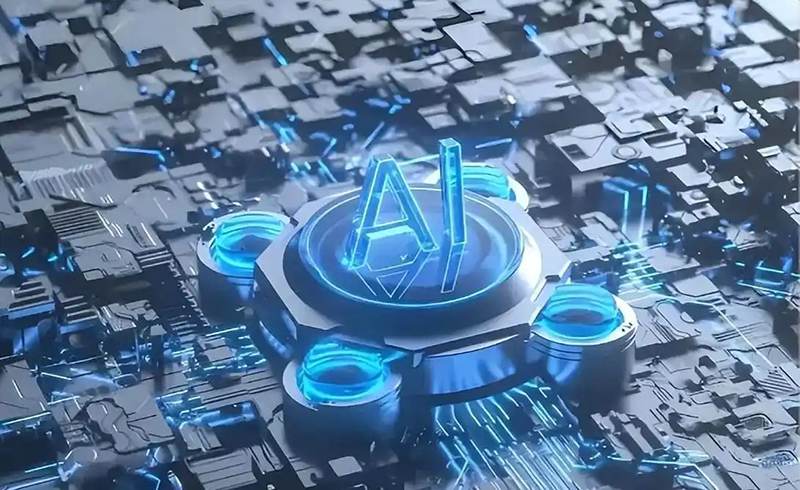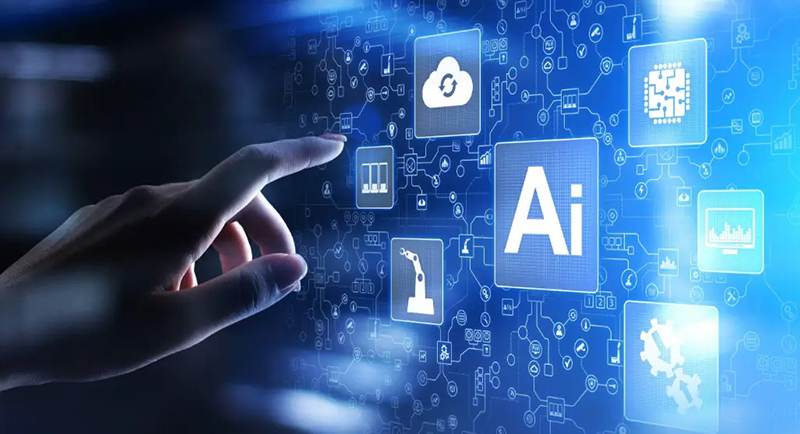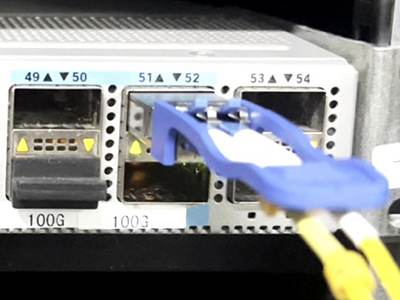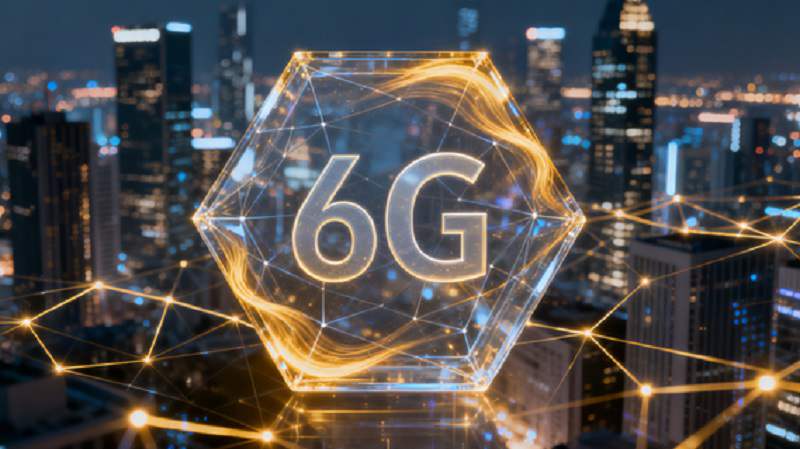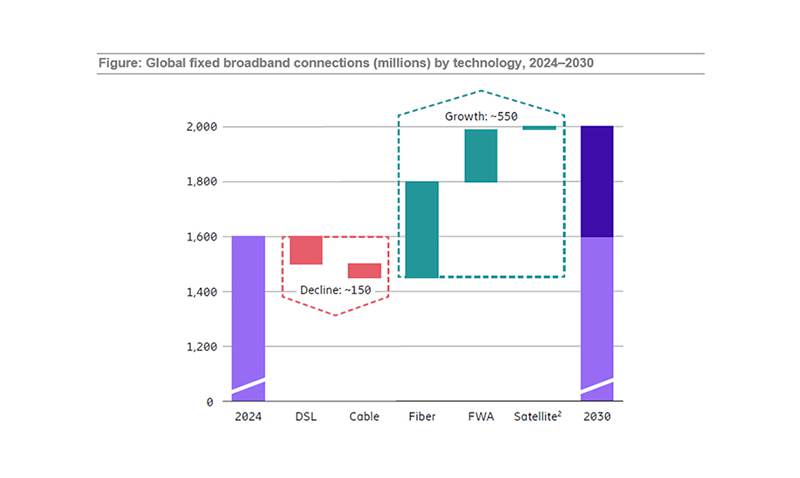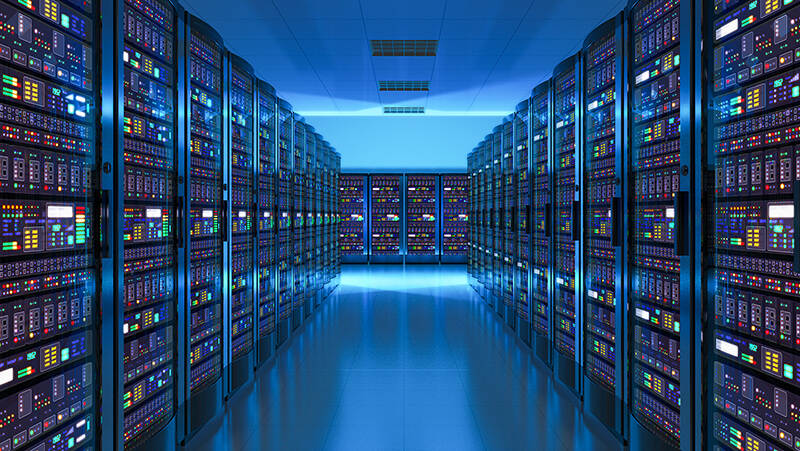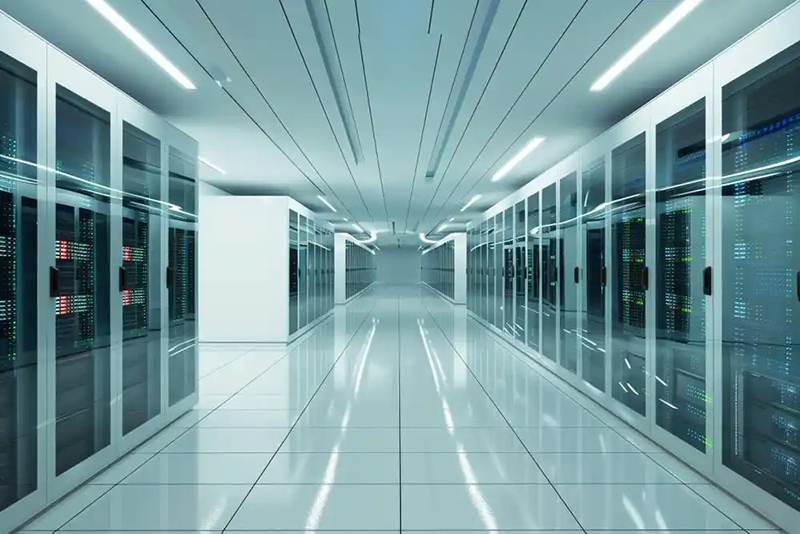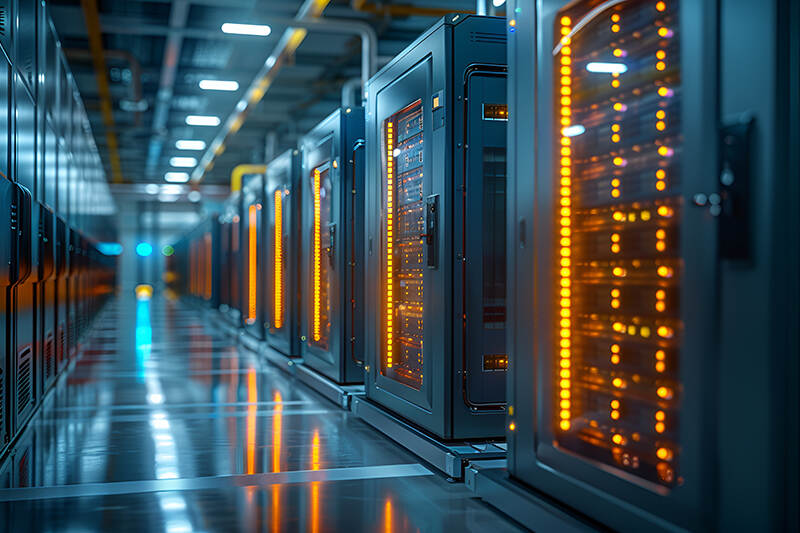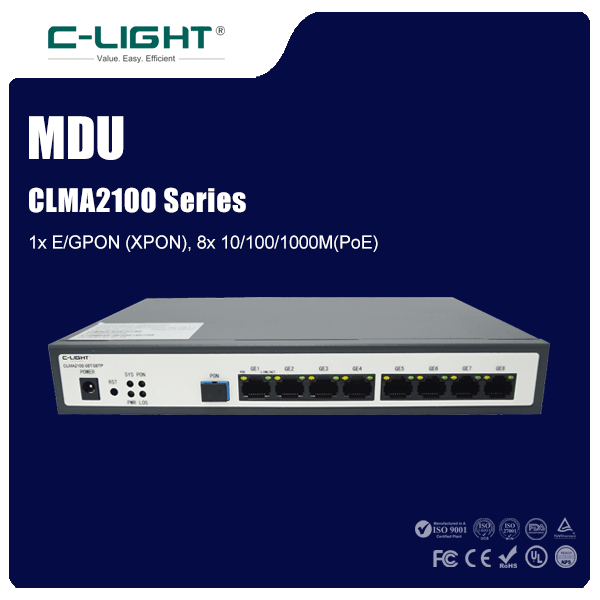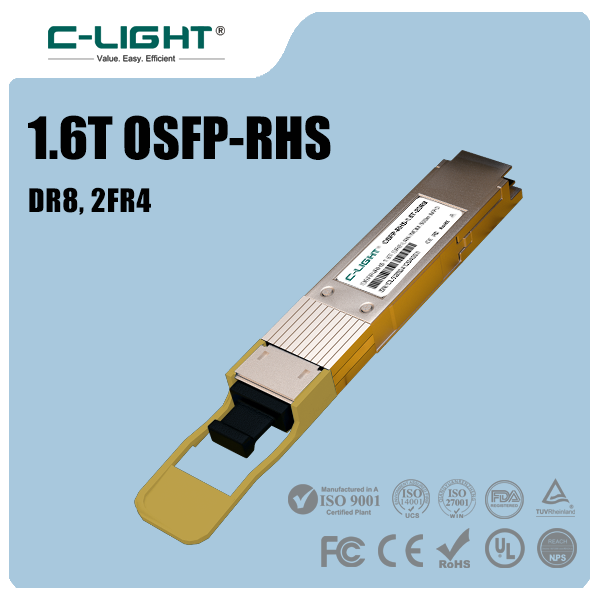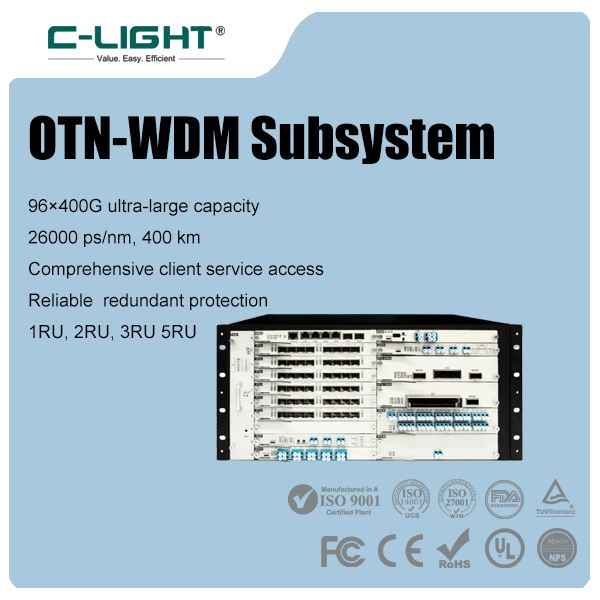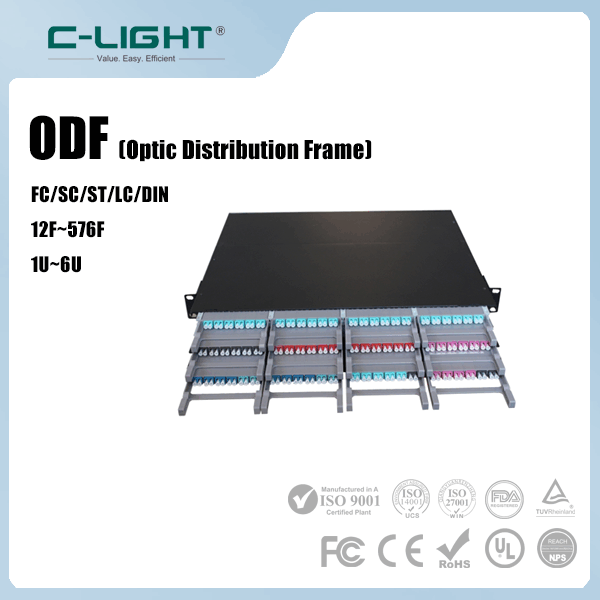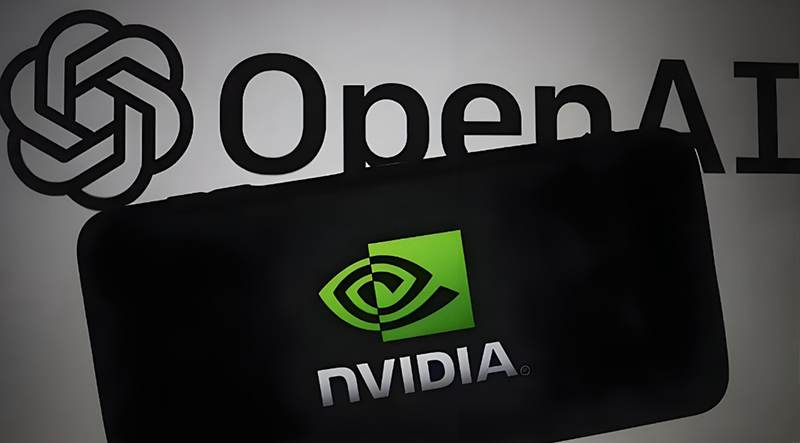
In September 2025, NVIDIA and OpenAI announced a groundbreaking strategic partnership that plans to deploy at least 10 GW of NVIDIA AI systems to construct next-generation AI infrastructure. This collaboration not only represents an unprecedented leap in AI computing capabilities but also signals a fundamental reshaping of the global AI and IT competitive landscape.
Collaboration Core: 10 GW AI Computing Surge
The 10 GW AI data center initiative, equivalent to a supercluster comprising millions of NVIDIA GPUs, will see its first phase go live in the second half of 2026 based on NVIDIA's Vera Rubin platform. NVIDIA has committed to investing up to $100 billion in OpenAI, with funds being injected progressively alongside each GW of deployment.
Technical Details: Breakthroughs of the Vera Rubin Platform
The Vera Rubin platform represents NVIDIA's new-generation supercomputing architecture, specifically designed for large-scale AI training and inference. Its core advantages include:
●Computing Density: Single-rack computing power increases threefold compared to the previous generation, supporting trillion-parameter model training.
●Energy Efficiency: Utilizing liquid cooling technology, achieving a PUE (Power Usage Effectiveness) below 1.1, significantly reducing operational costs.
●Software Stack: Integrated CUDA 12.0 and Omniverse platform, enabling deep integration of physical simulation and AI.
Strategic Significance: Transitioning from Chip Supplier to AI Ecosystem Integrator
This collaboration reflects NVIDIA's strategic transformation from a chip supplier to a co-builder of AI infrastructure and a full-stack AI ecosystem integrator. Specific manifestations include:
●Securing Core Clients: By co-building AI data centers, NVIDIA has locked in OpenAI's computing demand for the coming years, consolidating its leadership in the AI hardware market.
●Building Industrial Alliances: NVIDIA invested $5 billion in acquiring Intel shares, tightly integrating its AI computing stack with Intel's CPU ecosystem to address previous limitations in the CPU domain.
●Opening Technology Ecosystem: Collaborating with companies like Japan's Fujitsu to attract more partners into its hardware ecosystem, accelerating the global adoption of AI technology.
Potential Impact: Reshaping the AI Industry Competitive Landscape
Impact on OpenAI:
Breaking Computing Bottlenecks: Dedicated computing clusters will support OpenAI's exploration of AGI (Artificial General Intelligence) capabilities for physical world interaction, such as achieving global logistics automation through robot clusters.
Cost Optimization: Self-built data centers could reduce long-term operational costs by 70%, addressing the most significant bottleneck following its transition from a non-profit to a for-profit enterprise.
Impact on the Industry:
Setting Technical Standards: The NVIDIA-OpenAI partnership may establish new benchmarks for AI infrastructure, driving the industry toward a "chip leasing + loan guarantees + co-investment" model.
Regulatory Challenges: The $100 billion-scale collaboration has drawn close scrutiny from regulatory bodies, with potential antitrust reviews emerging as a future risk factor.
Conclusion: A New Era for AI Infrastructure
The collaboration between NVIDIA and OpenAI represents not merely a technological breakthrough but a profound strategic integration. By jointly building 10 GW of AI data centers, both parties are pioneering new development pathways for the AI industry—transitioning from laboratory research to real-world applications, and from isolated breakthroughs to ecosystem synergy. The success of this partnership will depend on the efficiency of technology implementation, the depth of ecosystem coordination, and the adaptability to the regulatory environment.
 TEL:+86 158 1857 3751
TEL:+86 158 1857 3751 













































